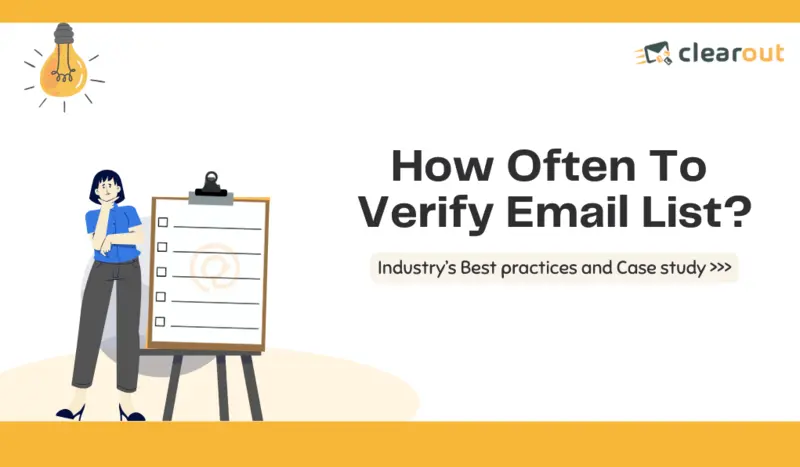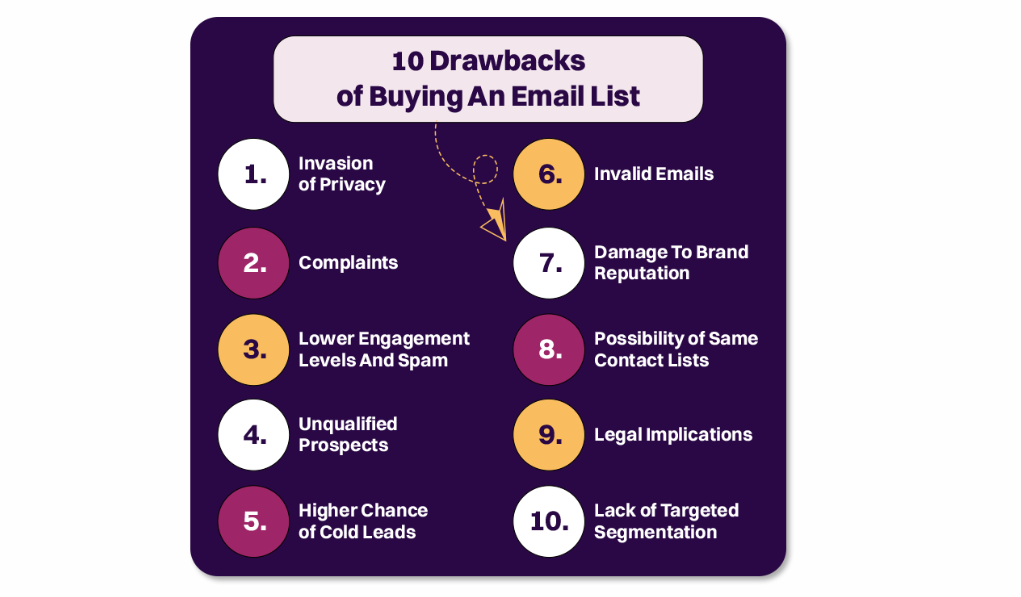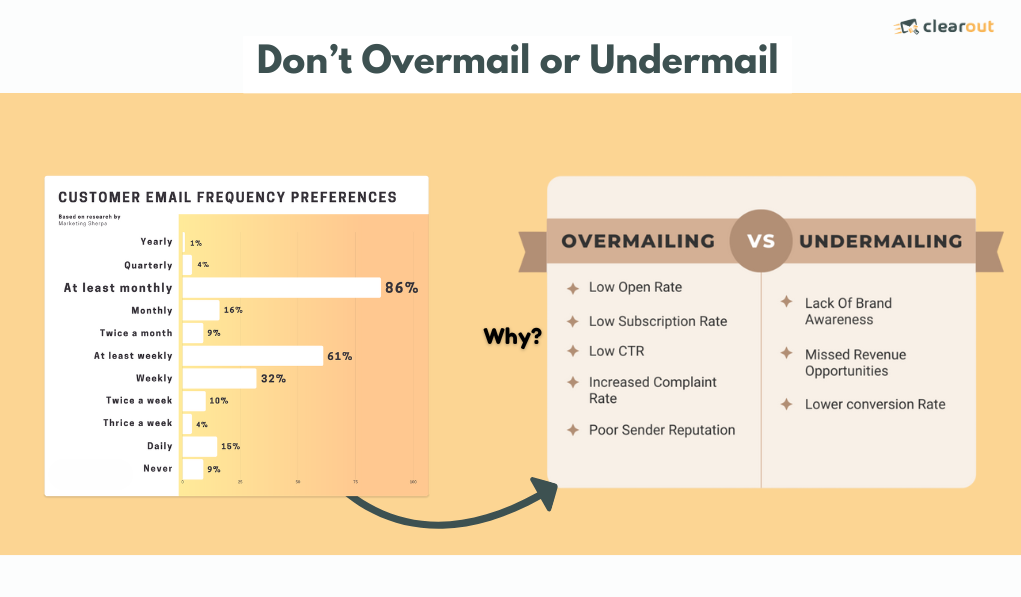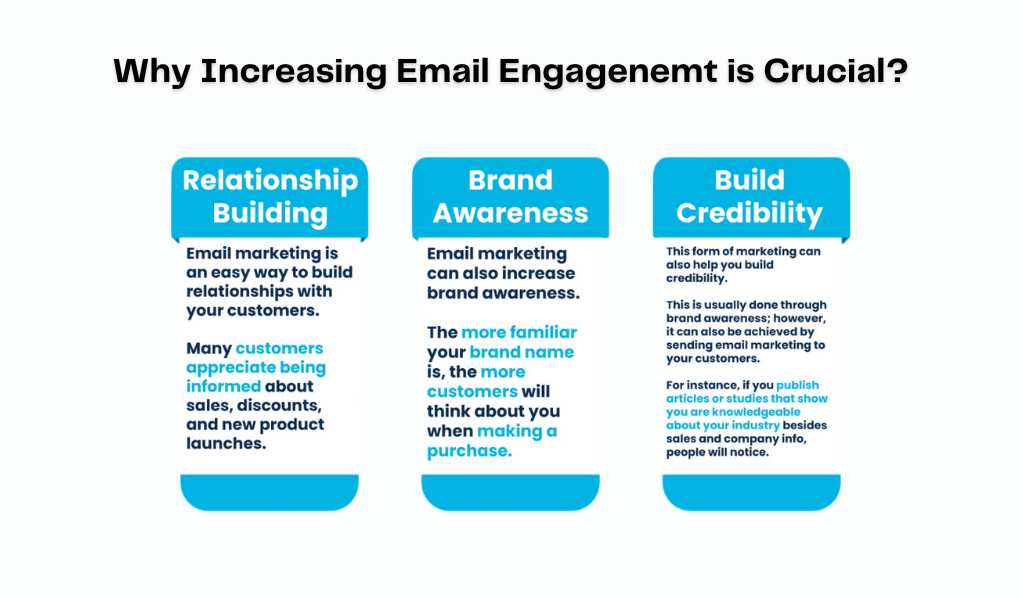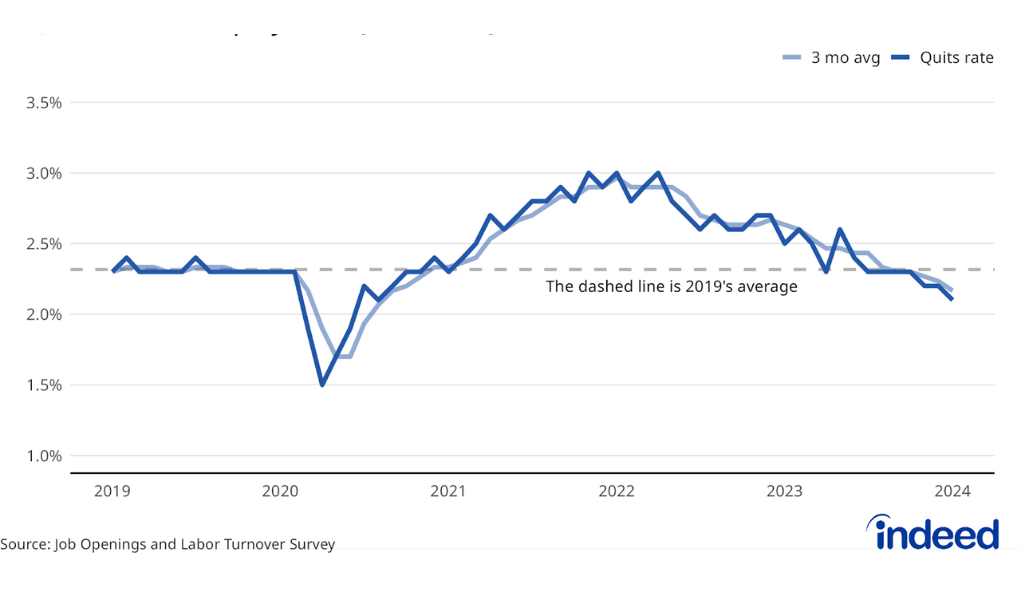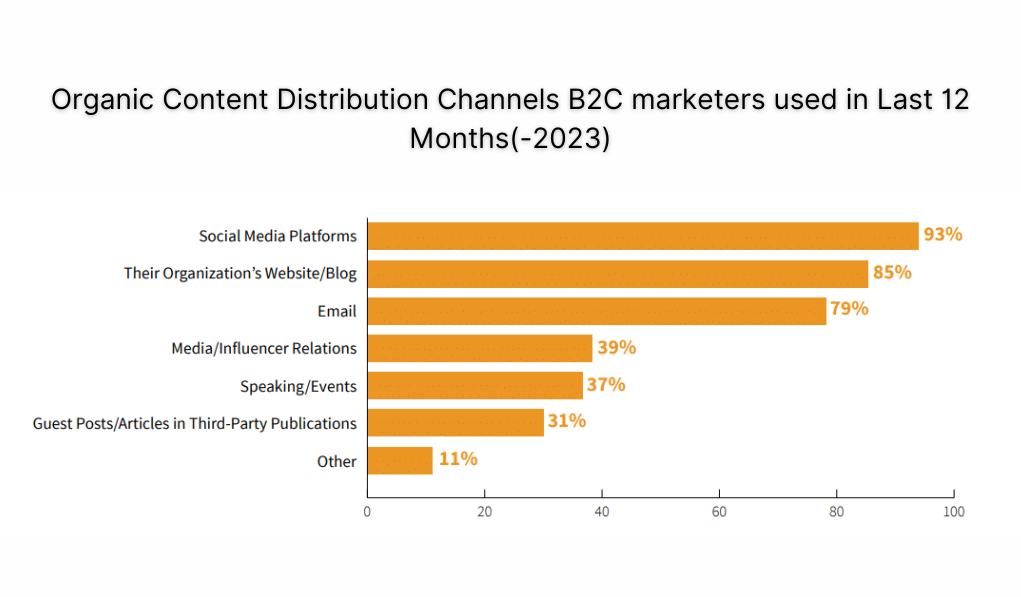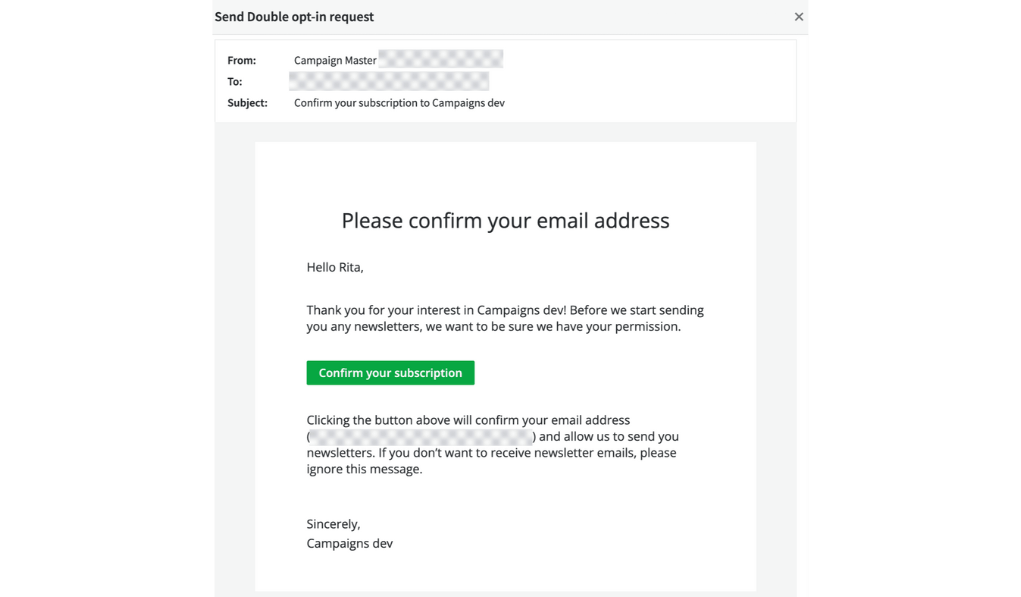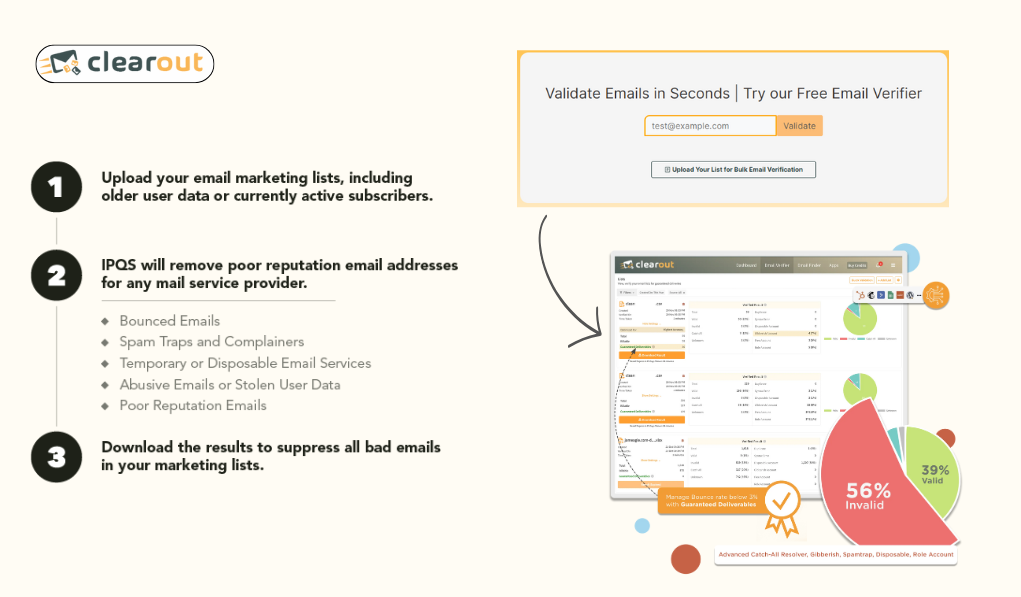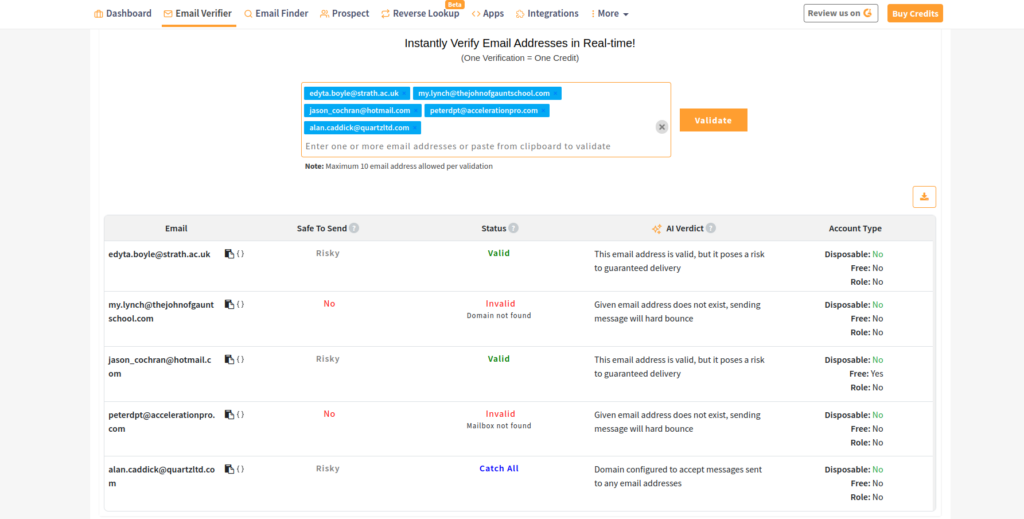● Case Study - The Impact of Regular Email List Cleaning
● Factors Influencing How Often to Verify Email List
● How often should you verify a B2B email List?
● How often should you verify a B2C Email List?
● Industry Best Practices For Better Email List Quality
● Verify Your Lists With 99% Accuracy & AI Precision


